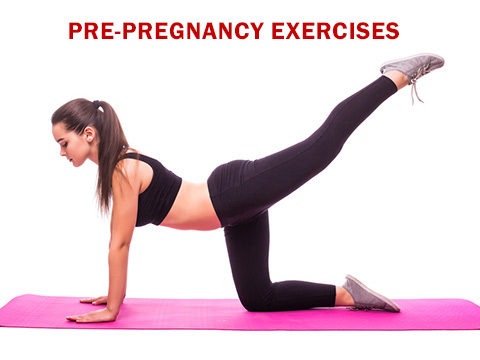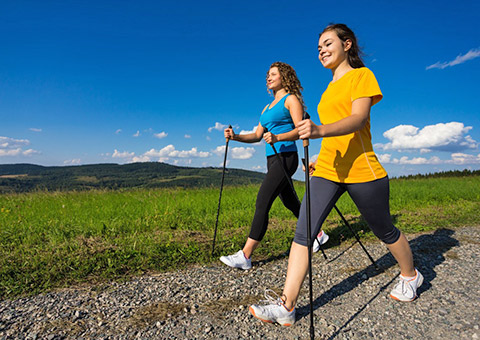Stretches for cyclists
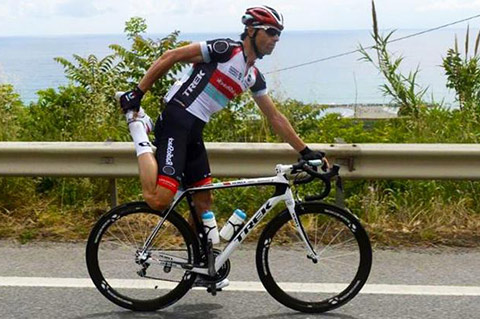 When you work a muscle, it contracts and generally becomes shorter. In order to keep the muscle flexible and able to travel through its full range of motion, you have to lengthen it again. That’s why stretching is so important.
When you work a muscle, it contracts and generally becomes shorter. In order to keep the muscle flexible and able to travel through its full range of motion, you have to lengthen it again. That’s why stretching is so important.
- Upper body. Stretching your neck, arms, back and shoulders can relieve the tension that accumulates on longer rides. It can be as simple as reaching overhead with both arms at a stoplight. Try to stretch your upper body every so often during your rides.
- Lower body. Your leg muscles do most of the work while riding. Stretching them on ride breaks certainly can’t hurt, but stretching after a ride will go a long way toward reducing muscle soreness the next day. When you stretch, ease your body into the position. Breathe deeply. When you feel the stretch, hold it for 20 to 30 seconds.
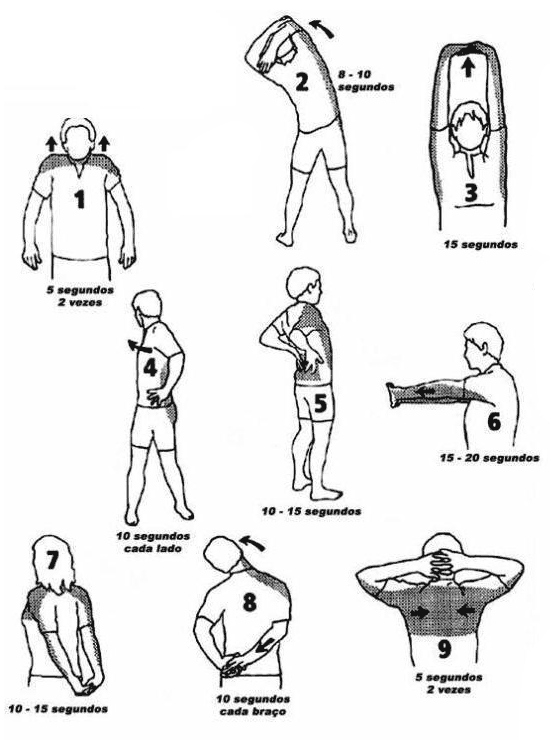
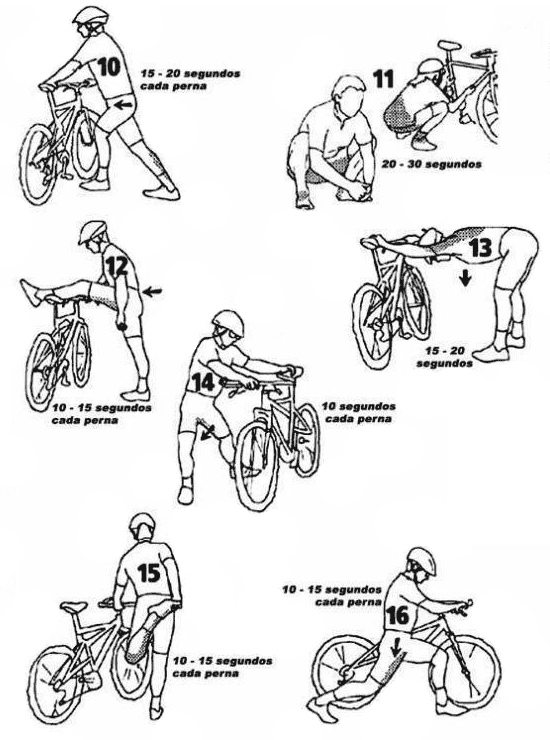
Olympic cyclists have developed simple stretching techniques that allow them to reduce tightness and pain in their lower back, shoulders, neck, face, arms, feet and legs without interrupting their ride. Cyclists who train long and hard are especially prone to “cycling rigor mortis,” a gradual loss of muscle elasticity and joint stiffness, says Ed Burke, Ph.D., author of Fitness Cycling (Human Kinetics, 1994) and former staff member for the 1980 and 1984 Olympic cycling teams.
Even if you’re not a professional cyclist trying to cross the finish line under a certain time, there’s a lot be said for not getting off your bike to stretch: You may lose the momentum you had established; your heart rate may drop out of your training zone; if you’re on a long ride, it can be discouraging to make frequent stops; and, frankly, why stop to stretch if you don’t have to?
Sunday cyclists experience the same type of soreness and tightness, as do Tour de France participants. Burke recommends stretching on the bike even before you develop any muscle pain, to stave off tightening. “If you’re cycling on the road, on a stationary bike or in a spin class, “you should be stretching at least every 30 minutes, even if you don’t feel sore,” Burke advises. Needless to say, it’s best to stretch while you’re not riding in a pack or riding fast. This is particularly true on twisting descents, Burke says. Back off the group you’re riding with and work through a few of the stretches outlined below and then rejoin the group. “The key,” Burke says, “is to be as relaxed as possible while concentrating on the muscles you’re stretching.” Maintain the stretch for 10 to 20 seconds, or until the muscle begins to relax. You may have to repeat a particular stretch several times with short bursts of pedaling to maintain your speed and to keep up with the group.
Shoulder and Neck Stretches
Lift both shoulders toward your ears until you feel some tension. Hold for 5 seconds. Lower your shoulders back down. Result: Facilitates breathing and reduces shoulder and neck tension.
A related neck stretch is to shrug your shoulders slowly and then gradually lean your head toward one as far as you can. Hold for 5 seconds then repeat on the other side. Always do a slow shoulder shrug before and after stretching your neck.
Back Stretch
While on your bike with hands on the handlebars, round your back as you lower your head slightly. Hold for 5 seconds. Then straighten your back, lifting up from your breastbone, and look slightly upward to extend the spine. Hold for 5 seconds. These 2 stretches should be done consecutively. Result: Loosens a stiff or tired back.
Lower and Middle Back Stretch
While keeping one hand on the bar next to the stem, reach your right arm around your back and place the back of your right hand and forearm across the lower back. Twist your upper body toward the right. Hold for 5 seconds. Repeat several times on each side. Result: Brings needed lateral movement to the lower and middle back.
Finger and Forearm Stretch
Place one hand on your hip with the fingers pointing upward. Gradually press your palm into your hip until a stretch is felt. Hold for 10 seconds. Repeat with the opposite arm. Result: Makes fingers more nimble for braking and shifting, and reduces arm fatigue and stiffness.
Calf and Achilles Tendon Stretch
While coasting on your bike, move slightly forward on the saddle and straighten one leg. Drop the heel of that leg below the ball of that foot. Hold for 10 seconds. Repeat with the opposite leg. Result: Loosens the calf and Achilles tendon, a common area for cycling stiffness. This stretch also brings some needed movement to the foot.



